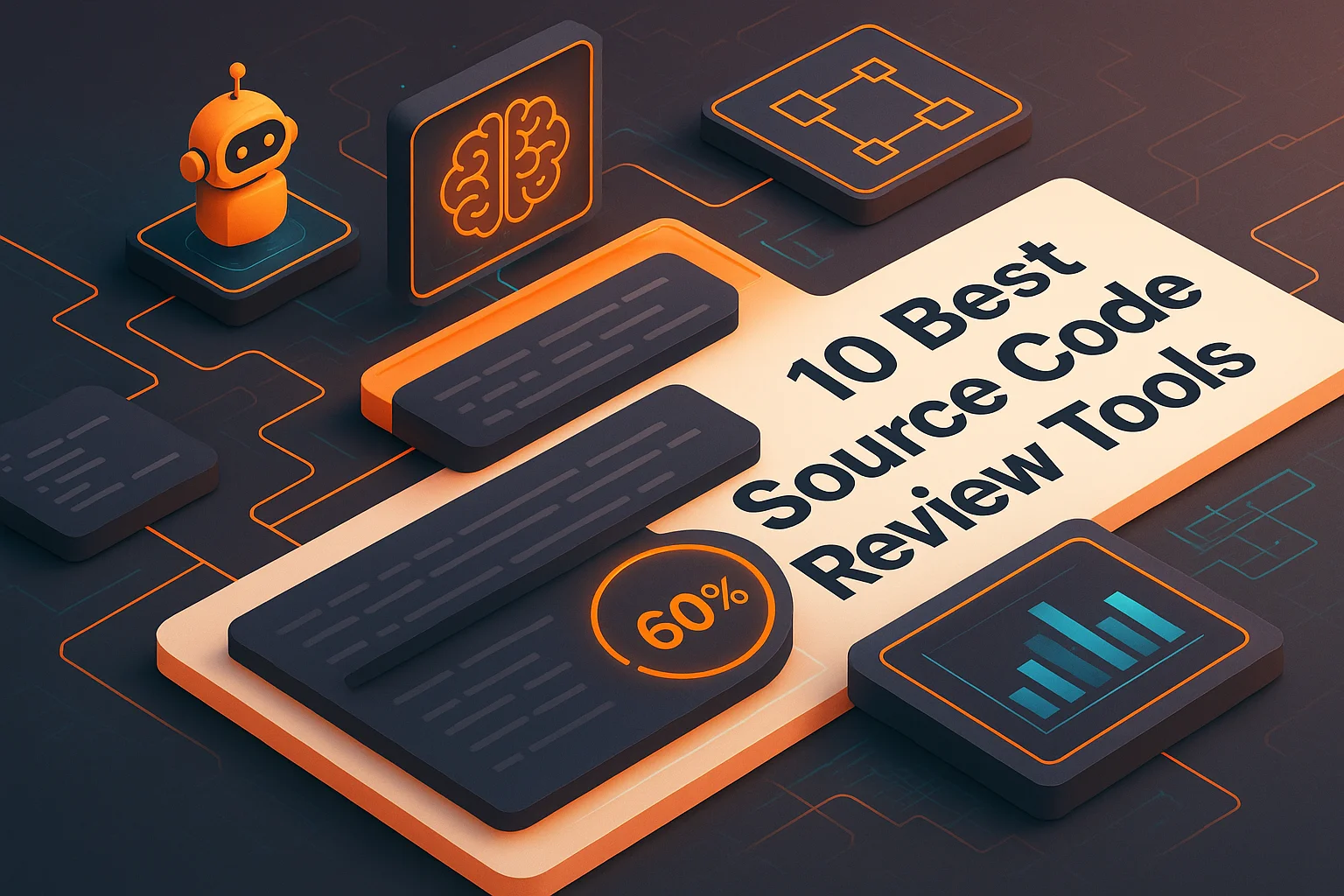10 Best Code Review Tools That Cut Review Time by 60% (2025)

Efficient source code review is crucial for maintaining code quality while keeping development velocity high. These 10 tools represent the best options for teams looking to streamline their code review process without sacrificing quality.
1. Propel - AI-Powered Smart Reviews
Propel leads with intelligent AI that understands your codebase context, provides personalized feedback, and learns from your team's patterns. Exceptional at catching subtle bugs and architectural issues while reducing review time by 60%.
2. GitHub Pull Requests
Native GitHub integration with seamless workflow integration. Excellent for teams already using GitHub, with good collaboration features, inline commenting, and integration with CI/CD pipelines.
3. GitLab Merge Requests
Comprehensive DevOps platform integration with strong code review capabilities. Excellent approval workflows, security scanning integration, and built-in CI/CD make it ideal for end-to-end development.
4. Bitbucket Pull Requests
Strong integration with Atlassian ecosystem including Jira and Confluence. Good for teams using Atlassian tools, with solid review features and branch permissions.
5. Phabricator Differential
Facebook's code review tool with powerful automation and customization options. Excellent for large teams needing fine-grained control over review processes.
6. Review Board
Mature, feature-rich code review platform with extensive customization. Great for teams needing detailed review workflows and comprehensive audit trails.
7. Crucible
Atlassian's dedicated code review tool with strong integration capabilities. Good for teams needing formal review processes and detailed reporting.
8. CodeGuru Reviewer
Amazon's AI-powered code review service with excellent performance recommendations and security vulnerability detection. Great for AWS-centric teams.
9. Gerrit
Git-based code review system with strong access controls and workflow management. Popular in open source projects and enterprises requiring strict review processes.
10. Azure DevOps Pull Requests
Microsoft's integrated development platform with solid code review features. Excellent for teams using the Microsoft ecosystem with good integration across development tools.
Selection Criteria
Choose based on your existing toolchain, team size, security requirements, and automation needs. Consider integration capabilities, learning curve, and long-term scalability when making your decision.
Ready to Transform Your Code Review Process?
See how Propel's AI-powered code review helps engineering teams ship better code faster with intelligent analysis and actionable feedback.

